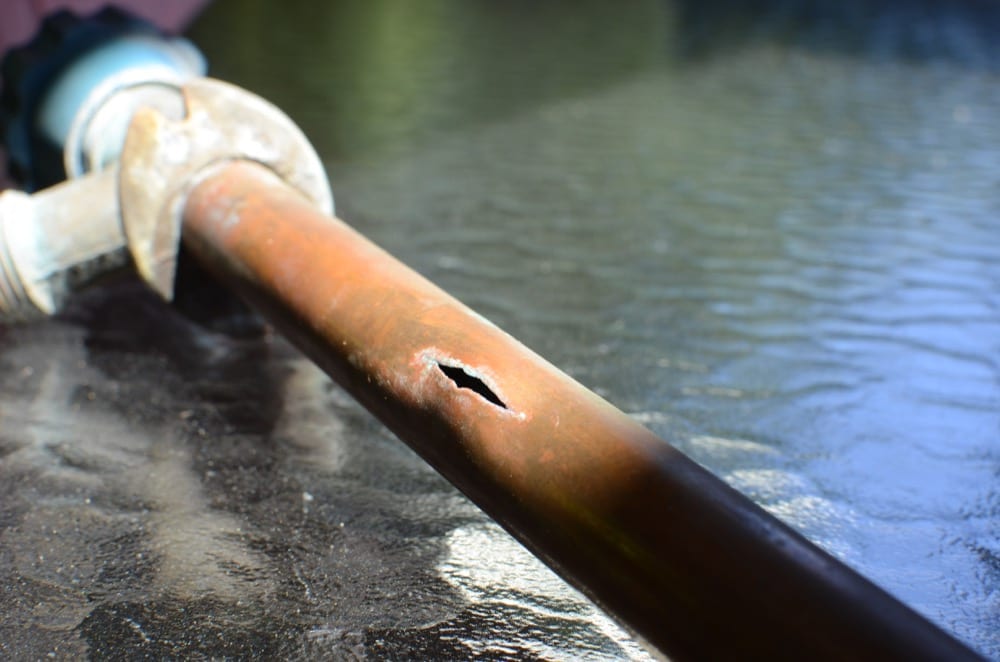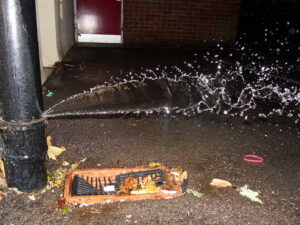Ruptured Pipes? No Panic! How to Identify as well as Repair Promptly
Ruptured Pipes? No Panic! How to Identify as well as Repair Promptly
Blog Article
Here down the page you can get more exceptional information and facts regarding What to Know Before Installing a Dishwasher.

A ruptured pipeline is a major emergency; you can just stand as you view water you pay dearly to reunite with the planet. In even worse cases, you see a pool on your cooking area flooring, which is a fantastic journey risk, specifically if you have kids around. If the pipe that ruptured was in your wall surfaces, bad news: you might need to paint that entire section.
Just how can a disaster like a ruptured pipe be protected against as well as taken care of? Well, by listening to your specialist emergency plumbing technicians and complying with these rules.
Exactly how do I recognize when my pipes have ruptured?
Varying water stress
Pipes do not just burst in a day. You might have discovered that your cooking area tap or shower doesn't run quickly when you turn the faucet. It may stop for a few secs and afterwards blast you with more pressure than usual.
In other circumstances, the water may seem regular at first, then decrease in pressure after a few secs.
Damp walls as well as water discolorations
Before a pipe ruptureds, it will certainly leak, a lot of times. If this relentless dripping goes undetected, the leak may graduate into a large tear in your pipeline. One easy way to avoid this emergency is to watch out for wet wall surfaces advertisement water discolorations. These water discolorations will certainly lead you right to the leakage.
Puddles under pipes and sinks
When a pipe bursts, the outflow forms a puddle. It may show up that the pool is growing in size, and no matter how many times you mop the puddle, in a few minutes, there's another one waiting to be cleaned. Frequently, you may not be able to trace the puddle to any kind of noticeable pipelines. This is an indication to call a specialist plumber.
Untraceable trickling sounds
Pipeline ruptureds can occur in the most unpleasant locations, like within concrete, inside walls, or under sinks. When the house goes silent, you may have the ability to listen to an aggravatingly consistent leaking noise. Even after you've checked your shower head and cooking area faucet, the trickling might continue.
Precious reader, the dripping might be originating from a pipeline inside your wall surfaces. There isn't much you can do regarding that, except tell a specialist plumber.
Turn off the Water
When water freezes, it expands in quantity by concerning 9 percent. As well as it broadens with remarkable force: The stress inside pipelines might go from 40 extra pounds per square inch to 40,000 psi! No pipeline can hold that much pressure, so it bursts. The break may occur where the ice forms, yet more frequently, it happens where water pressure finds a weak point in the pipeline. That may be inches or even feet from the icy area. Find the water shutoff valve and also switch off the water to avoid more damages. You may likewise need to shut down the electrical energy as well, depending on where the leaks takes place and also exactly how huge it is.
Contaminated water
Many people think a burst pipe is a one-way electrical outlet. Fairly the contrary. As water drains of the hole or laceration in your plumbing system, contaminants locate their method.
Your water may be contaminated from the resource, so if you can, examine if your water storage tank has any troubles. Nevertheless, if your drinking water is supplied and also cleansed by the city government, you need to call your plumber promptly if you see or smell anything funny in your water.
What do I do when I detect a burst pipe?
Your water meter will certainly continue to run also while your water wastes. To lessen your losses, find the major controls as well as turn the supply off. The water pipe are an above-ground structure at the edge of your building.
How to Fix & Detect a Leaking Pipe
How Do I Know if a Pipe is Leaking?
Leak detection tests can help you determine if your pipe has a leak. Even if you don’t see an apparent leak, you should still conduct leak detection tests regularly to save water and money—and prevent major damage to your home.
Water meter. It can be helpful to figure out what your usual water meter usage numbers are and then monitor them regularly. To monitor your meter, first, turn off all water faucets in your home. Check the meter and write down the numbers. In a few hours, check the meter again. If the numbers have changed, you have a leak. Water gauge. Use a water gauge to test your water pressure. Your showerhead should produce a certain amount of water pressure based on its model and design. If the pressure is lower than it is supposed to be for that specific showerhead, your home likely has a leak. Puddles. Look inside your bathroom, laundry, and kitchen sink cabinets. Puddles around the cabinets or around toilets, tubs, showers, and washing machines indicate the presence of a leaking pipe. You may also notice loose tiles, peeling or flaking paint, or mold caused by water accumulation. Napkin test. Even if you don’t see any puddles, you may still have a leak. You can test for water leaks in the bathroom, laundry, and kitchen by wiping below-sink connections with a napkin, paper towel, or piece of toilet paper. If it becomes damp, you probably have a leaking pipe under the sink. Discolored walls. Walls that are discolored—usually with brown or yellow stains—or bulging might mean that they have been impacted by water damage caused by a leaking pipe. Smell. A leaky pipe will create sitting water, and over time, that water may develop a musty smell. If your home smells musty, but you can’t locate the source, it may be due to a leak. Steps for Fixing a Leaking Pipe
A leaky drain can be remedied by tightening the pipe base, replacing the drain seal, caulking the rim, and tightening the pipe nut. Similarly, a leaking toilet pipe can be treated by tightening the packing nut. You may also need to replace the valve. A leaky faucet may just need tightening or replacement of the washers. If that doesn’t work, consider replacing your faucet. If your pipe has a hole in it, you may want to use a pipe leak sealer or pipe leak tape. This quick fix for water pipe leaks can also temporarily fix a copper pipe leak. https://www.ahs.com/home-matters/quick-tips/how-to-tell-if-pipes-are-leaking/

I stumbled upon that page on What to Know Before Installing a Dishwasher when doing a search on the web. Sharing is caring. One never knows, you will be helping someone out. Thank you for your time spent reading it.
Book An Appointment
Report this page